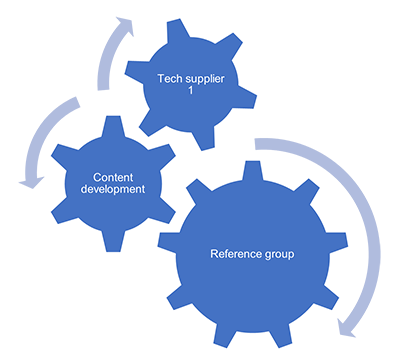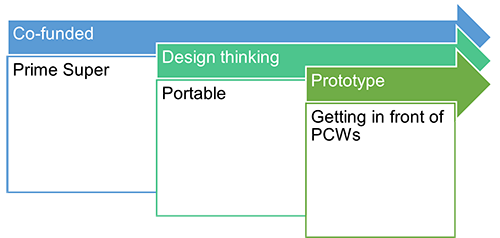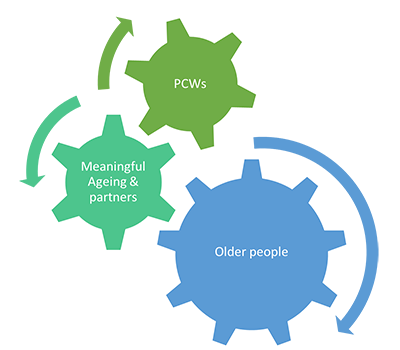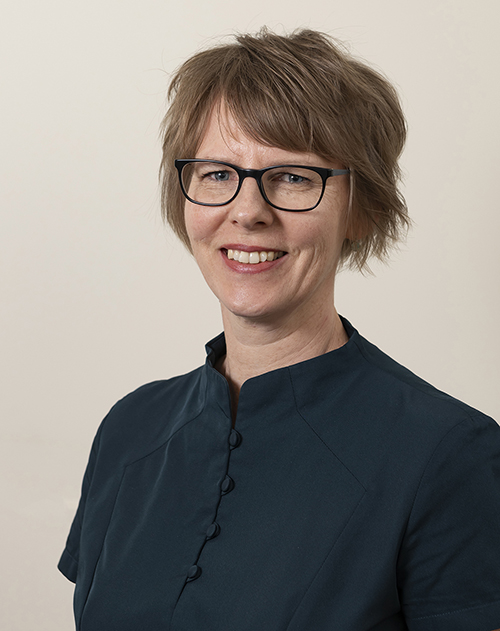Meet Akira. A story of reaching the hard to reach: experiential technology engaging care workers
A guest blog post by Ilsa Hampton, CEO, Meaningful Ageing Australia
It is no secret that the heart and soul of aged care is carried by the personal care/support worker/carer workforce (PCWs). They are 70 per cent of the total workforce in the home care packages program and 32 per cent in residential aged care.[1] These are the people who spend the most time with each older person. They are a diverse group who primarily work part time. Thirty-five per cent of the total direct care workforce [2] in residential aged care identify as a from a CALD background, and personal carers make up 72 per cent of this group. In home care packages, 21 per cent of the direct care workforce identify as from a CALD background and personal carers are 91 per cent of this group.[1] It goes without saying that the geographic spread of this workforce across Australia is vast, and it is also well documented that access to appropriate training and time to complete their work are huge issues.[3] They are hard to reach.
The primary work of Meaningful Ageing Australia is to assist the aged care sector to focus on the humanity of both the worker and the person being supported. The National Guidelines for Spiritual Care in Aged Care make it clear that a key ingredient to enable this holistic, relationship-centred care approach is quality education for all staff, volunteers and contractors.[4] Even if all PCWs had a Certificate III in Aged Care [1], this would be far from a guarantee that PCWs understand and act on integrated spiritual care.[5]
To meet this challenge, we embarked on a project to create an educational experience for PCWs that could be accessed and understood easily, was respectful of their existing knowledge and practice where it aligned with a spiritual care approach, and was a pleasure to use. I had set a personal goal when I first started at Meaningful Ageing Australia to create a world-class orientation to spiritual care – perhaps this was going to be it!
Anyone who is familiar with project planning in unchartered territory will know that the process is far from linear. You will also know that there are many barriers in any project that must be overcome. Add in a technology project with limited resources and the challenges add up. In our favour was our commitment to finding a solution and the commitment of the aged care reference group and academics who helped us along the way. The whole project took three years (the first reference group meeting was April 2018) and is built in a way that allows for continued development. Below are a few graphic depictions to summarise some of the journey.
The initial reference group included academics (John Swinton and Richard Egan) and service providers (Brightwater, UnitingCare Qld, Baptistcare WA, Fresh Hope, Hall and Prior). The first tech supplier asked us a lot of important questions but used a waterfall process, which meant that we put a lot of energy into the software requirements specifications without engaging with PCWs directly as users (apart from a survey) early enough. It also meant we dreamt up a product that was way outside our reach to build in terms of cost, and was still conceived of as an app. On the positive side, we agreed on a story-based approach with a PCW called Akira, using real-life scenarios, and agreed on the key content that we felt was needed in order to achieve our educational objectives.

An important next stage was that we were able to source some external funding to help us move forward with the project (Prime Super), and we met Portable, another technology supplier who used human centred design. They also had good ideas about how to create something very attractive and usable for much lower cost without the complexities of an app.

Portable worked hard to understand the experience of PCWs and then during this next phase, they build a prototype using one of our basic stories. We had very strong indications from PCWs that the prototype was on the right track. What a relief! We then ran a further co-design process. We used this as a way to sense-check and further refine the story, ‘starting again’ in some ways, with a new group.

We refined the script again, then finalised all illustrations and processes for both user experience and aged care service access. The final Meet Akira product looks and feels like an app but is actually a website. In discussion with service providers, we realised we needed to make the product available in more than one way, so we created a way to use an e-module to access the content, as well as a direct link. We ran implementation trials with reference group organisations where we gleaned further ideas about ways to support implementation and how best to communicate about this with aged care services. One great idea that came out of this was a poster with a QR code for staff to be able to easily engage with Meet Akira.
We built in a feedback survey at the end of the experience which has given us strong positive data about the effectiveness of the product. Uptake by aged care services has been slow in some places, as it got stuck in their pipelines of competing priorities. Currently, we know Meet Akira is being rolled out multiple locations, and we have interest from the UK in Meet Akira because they are facing similar challenges (with different accents). We are also working on a second story for Akira, based around death and dying. One the best things for me personally is the way PCWs identify so quickly with Akira, and connect with her experience of self-reflection and remembering to prioritise the relational space between herself and the older person whilst she goes about her tasks. The academics who were working with us commented that this was a world first. We think Akira could have a big future as a strong ally of the PCW workforce who bring so much heart to their work.
Find out more:
Meet Akira Intro video
Meet Akira webpage
References:
- Australian Government Department of Health. (2020). 2020 Aged Care Workforce Census Report. Department of Health.
- According to the 2020 Aged Care Workforce Census Report Census, direct care workforce includes nurses, personal carers and allied health.
- Royal Commission, Australia. (2021). Final Report: Care, Dignity and Respect Vol 1 Summary and Recommendations. Royal Commission into Aged Care Quality and Safety.
- Meaningful Ageing Australia. (2016). National Guidelines for Spiritual Care in Aged Care. Meaningful Ageing Australia.
- Meaningful Ageing Australia. (2020). The Reimagined Personal Care Worker Discussion Paper Skills IQ Submission. https://meaningfulageing.org.au/wp-content/uploads/2021/04/Reimagined-SkillsIQ-submission_amended.pdf

Ilsa Hampton, CEO, Meaningful Ageing Australia